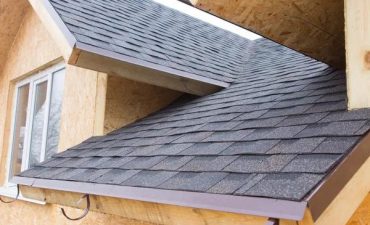When it comes to insulating your home, there are several options to choose from. The most common types of insulation used in residential buildings are fiberglass, cellulose, and spray foam. Each type has its own set of benefits and drawbacks, so it’s important to understand the differences between them before making a decision.
Fiberglass insulation is one of the most popular choices for homeowners. It is made from tiny glass fibers that are woven together to create a blanket-like material. Fiberglass insulation is known for its affordability and ease of installation. It can be installed in walls, ceilings, and floors, making it a versatile option for insulating your home.
Cellulose insulation is another common choice for homeowners. This type of insulation is made from recycled paper products that have been treated with chemicals to make them fire-resistant. Cellulose insulation is typically blown into walls and attics using a special machine. It provides excellent thermal performance and can help reduce energy costs.
Spray foam insulation is a Get More Info modern option that has gained popularity in recent years. This type of insulation is made from polyurethane foam that expands when sprayed into place. Spray foam creates an air-tight seal that helps prevent heat loss and air infiltration. While spray foam insulation tends to be more expensive than fiberglass or cellulose, it offers superior performance and energy savings.
When comparing these three types of insulation, there are several factors to consider. Fiberglass insulation is cost-effective and easy to install, but it may not provide as much thermal resistance as cellulose or spray foam. Cellulose insulation offers good thermal performance and eco-friendly benefits due to its recycled content but may settle over time and lose some effectiveness.
Spray foam insulation provides the highest level of thermal resistance and air sealing capabilities but comes with a higher price tag. Additionally, spray foam installation should be done by professionals due to potential health risks associated with improper application.
In conclusion, choosing the right type of home insulation depends on your budget, climate conditions, and personal preferences. Fiberglass insulation is a good all-around option for those looking for an affordable solution while cellulose offers eco-friendly benefits at a slightly higher cost. If you’re willing to invest more upfront for superior performance and energy savings, spray foam may be the best choice for you. Whichever type you choose, proper installation by trained professionals will ensure maximum efficiency and comfort in your home. Consider consulting with an experienced contractor to determine which type of home insulation will work best for your specific needs and budget constraints. Remember, the right choice now can lead to long-term savings and improved comfort in your home!










